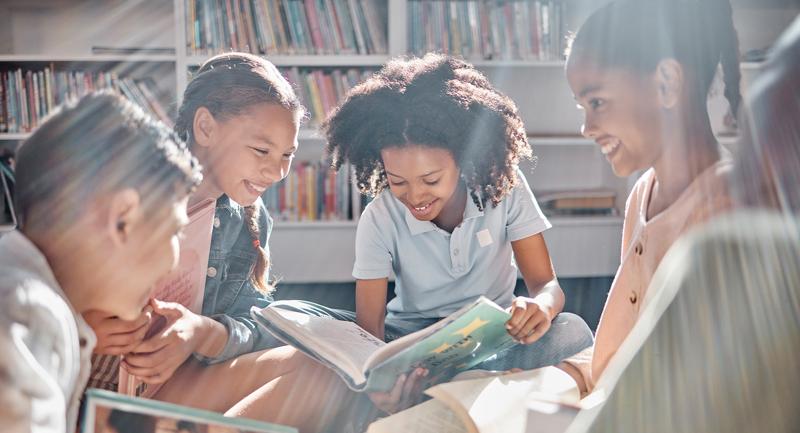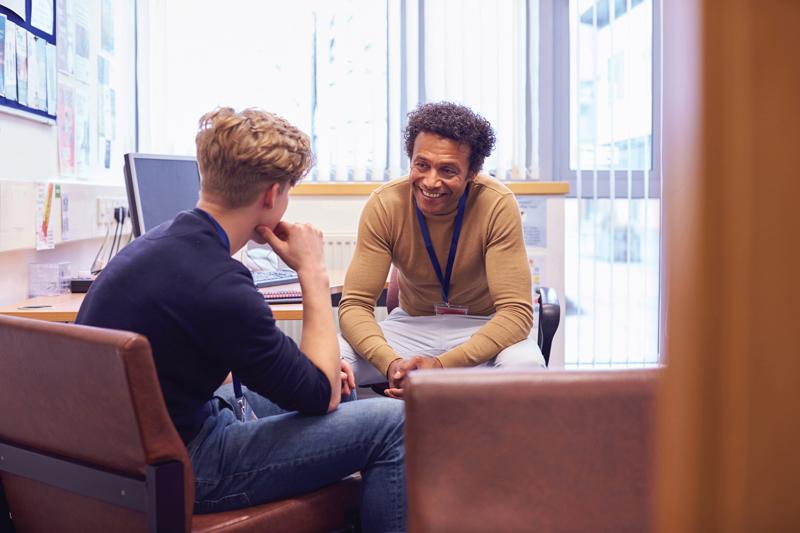Makerspaces are places where students are free to explore, to create, and most important, to make something related to the content they are studying. Working with a variety of no- to low- to high-tech resources, students demonstrate the five Cs—collaboration, creativity, communication, critical thinking, and confidence. Traditionally, makerspaces have been venues for exploration of STEM content, but why limit makerspaces as a tool for engagement and discovery to only select content areas? As an English teacher for secondary and higher education for more than 10 years, I understand the reluctance many students feel when asked to write. What if we thought of writing as making and created makerspaces stocked with various tools for students to write with, write on, and construct their ideas? Out of this question, "make writing toolkits" idea was born.
Currently, I'm an academic lead teacher/instructional coach at a highly unique campus in a public school district outside of Houston, Tex. The campus houses five different programs: an alternative education program (grades 9–12), the discipline program (grades 6–12), an early learning center (6 weeks–preK), a special needs school, and an innovative 18+ transition program. All five programs use the make writing toolkits, which shows that they are a tool that can work with students of all ages.
What's in the Box
The most common question I get about make writing toolkits is, what's in them? Each toolkit comes in a clear plastic 44-quart container. Each container has a variety of sticky notes in different colors and sizes, white t-shirts, white bandannas, white hats, fabric markers, journal books, legal pads, sidewalk chalk, mini white boards, dry-erase markers and erasers, story cubes (a set of nine, six-sided die with simple pictures on each side that are meant to inspire plot points in a story), toy building bricks, molding clay, varied highlighters and permanent markers, binder rings, sticky chart paper, art roll paper, and register tape. Additionally, I created a "make writing binder" for each toolkit. The binder contains images and ideas for teachers who are unsure how to use the toolkit within their content area. After all, the purpose of the make writing toolkits is to help teachers incorporate more writing into their classrooms in engaging, meaningful ways that encourage students to write without hesitation.
Writing Becomes Playful
Unlike a traditional makerspace, which is typically a transformed library or science lab area, the make writing toolkits are mobile. The containers stack on a cart that gets wheeled to the teacher's classroom. Deciding where to store the kits depends on who maintains and replenishes the kits' contents. Otherwise, the toolkits are simple to manage and extremely educator- and student-friendly.
From personal experience, I've noticed that the supplies in the toolkits appeal to the students because students—especially young, apprehensive writers—feel less pressure when writing on and with nontraditional items.
Students have written literary analyses on a t-shirt instead of as a typed paper; used building bricks to write fractions or parts of speech; written math problems on register tape; recreated maps, historical events, or the plot of a story using molding clay; mapped story elements on art roll paper; or taken the sidewalk chalk outside to write on the pavement. Regardless of the method, students always seem to enjoy writing because it is interwoven with play and no longer a chore. Students actually want to express their thoughts; having choice in how that expression happens becomes a powerful learning experience.
Can It Be Assessed?
Aside from what's in the kits, the next most common question I get is about how to assess make writing toolkit products. In order to value the writing students are doing in these makerspaces, the writing must be assessed; it can't just be busy work. You can decide whether the products students create are part of a formative assessment toward a broader goal or if the product itself is the summative evidence of understanding. In the latter case, treat these products as you would any other writing assessment. Use a rubric to establish criteria for success, focusing on demonstration of understanding, not the means of presentation.
Write Fearlessly
I firmly believe that when students move beyond the anxiety associated with writing, they can produce meaningful work that expresses their knowledge. Combining making with learning to write and writing to learn calls on teachers to shift mindsets, from traditional ways of learning that may alienate many reluctant writers to innovative practices that empower all students.







